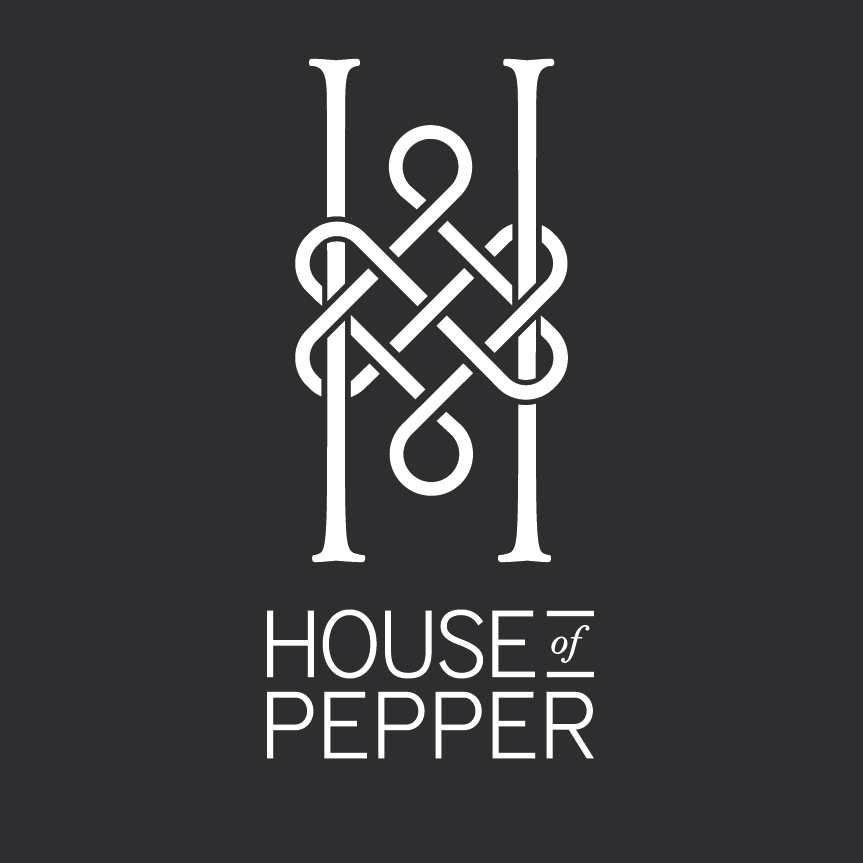Dragon Art History
Dragons are thought to have grown from peoples’ fear of serpents. They take shape from snakes, dinosaurs, crocodiles, and sometimes eels and are mostly connected to the devil. In Celtic art they may have developed from eels. Back in history as Christianity spread in the Middle Ages these big beasts and monsters were used to frighten people. In all cultures there appears to be some type of beast or dragon rising as a myth or legend with a fantastic story, many were slain. Some dragons are frightening and destructive and even have multiple heads, others are protective and kind and bring luck and good fortune. It just depends which part of the world they come from.
Some dragons have wings and can breathe fire, others like gargoyles are imitation dragons in stone. Others have heads like serpents and may look more like horses with horns. As Pre-Medieval beasts some dragons come from the Underworld or the darker forces of fantasy and horror, rather than science fiction. Dragons of all descriptions appear today in stories, films, art, and games since they feed a love or fear that we seem to like.
Dragons are part of Celtic imagination and life. Loch Ness does not hide it’s secret very well. Nessie is loved and spied on. The dragon as a mythical beast or fantasy creature from the unknown is a favourite for artists and writers.
Early Dragon Drawings
Some of the earliest dragon inventions were developed from Viking motifs and designs. The early Viking style dragons are wingless and less hostile with ribbon like bodies and interlocking knots. The ribbon style shown in the drawings is from the Borre stage 830 AD to 970 AD of Viking art as published by Lora S. Irish in her book Great Book of Celtic Patterns.
Later in the Jelling stage of Viking Art, between 880 AD and 1000 AD, the designs became more intricate with stripe designs on their ribbon like bodies. Mouths were open and lips extended into knot patterns and interlacing. (Lora S. Irish). Celtic artists embraced these early Viking styles. A love for geometric patterns, spirals, flowing curved lines and adding finials at the end of the tail was embraced and spread.
The red-yellow ribbon dragon pair with a chevron pattern is from a drawing by Aidan Meehan shown in his Celtic Patterns Painting Book. It is thought that some dragons were developed from the eel in the late Medieval Irish period.
I have barely scratched the surface of dragon art. There are many more to investigate. Dragons, beasts, and monsters belong to the past and the present in many forms.
















